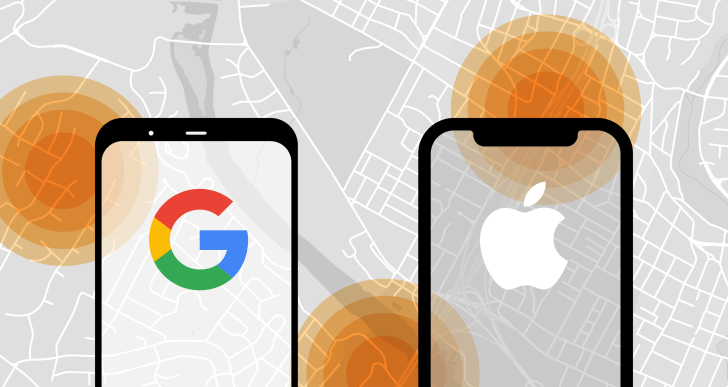The first version of Apple and Google’s jointly developed, cross-platform contact tracing API should be available to developers as of next week, according to a conversation between Apple CEO Tim Cook and European Commissioner for internal market Thierry Breton. Breton shared a photo from his office which shows him having a video conversation with Cook, and told Les Echos that the Apple chief executive told him April 28 would be the day the contact tracing API will be available to software developers building apps that employ it on behalf of public health agencies.
Apple and Google announced they were working on the contact tracing system, which works across iOS and Android mobile device, on April 10, and detailed how the opt-in network would use randomized IDs not tied to a user’s actual identify information to communicate potential contacts with individuals with a confirmed positive COVID-19 diagnosis. It’s a decentralized system that never collects any geographic data in order to preserve individual privacy, and Apple and Google chose to collaborate on the project so that any apps built to use it will have the furthest potential reach possible in terms of user base.
The rollout of the contact tracing system is happening in two parts: First, the API is being made available to developers — that’s the part that’s happening next week. This phase was originally set for a mid-May release, but it sounds like the companies have stepped up their timeline (at least on the Apple side) based on this conversation between Breton and Cook. That makes sense, given the urgency of the need for contact tracing in order to better understand how and when to alter or relax social distancing measures.
The second part of the plan is issuing a system update to build in contact tracing at the OS level. Opt-in would be managed on the device, and both Android and iOS smartphones with this toggle enabled would automatically be able to participate in local contact tracing efforts — whether or not they had any specific health agency apps installed. Apple and Google clarified in a follow-up Q&A session about the system that users would still be prompted to download and install a public health app from their local authority should their phone notify them of a possible contact, so that they could get additional info about next steps from a trusted source.
Note that the second phase isn’t expected until sometime later this year, but the early arrival of the first version of the API for developers is a promising sign that suggests both companies are focusing considerable effort and resources on getting this to market.
There are myriad contact tracing systems either in development or already being implemented, but a common technological backbone that makes it possible for them to cross-communicate, and that opens up broad participation across the most popular mobile devices currently in use, has the greatest chance of actually being effective.

